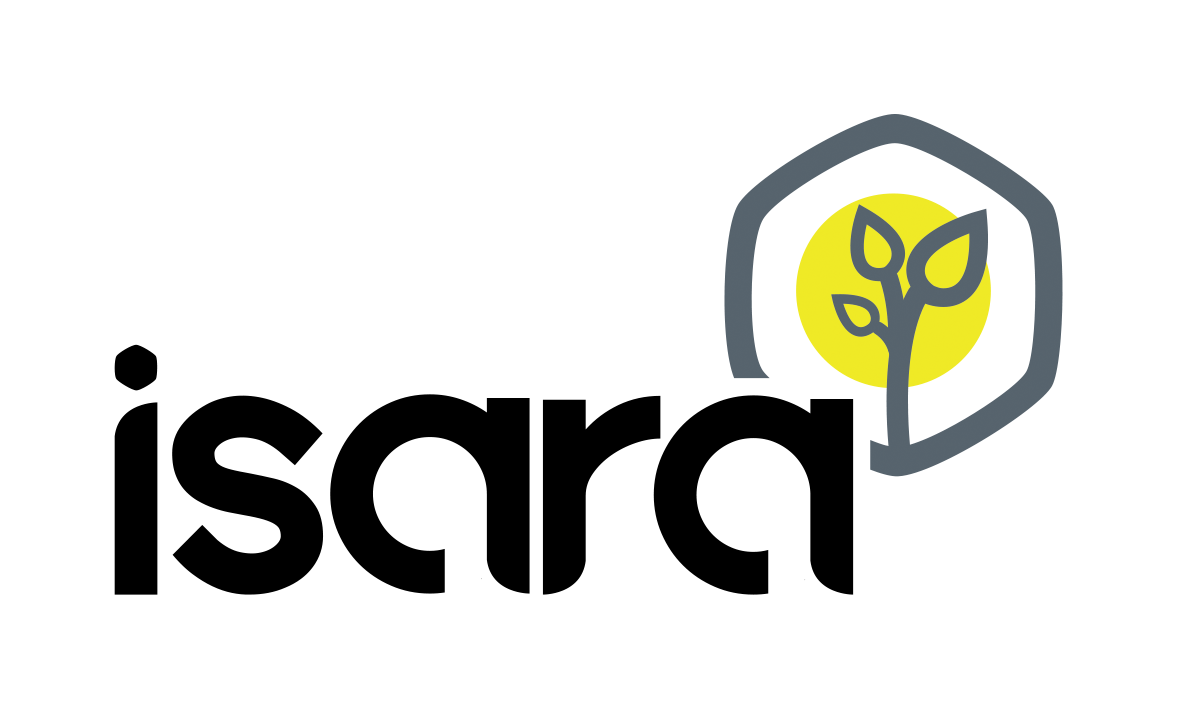Contribution of artificial waterbodies to biodiversity: A glass half empty or half full?
Résumé
Artificial ponds are increasingly created for the services they provide to humans. While they have the potential to offer habitats for freshwater biodiversity, their contribution to regional diversity has hardly been quantified. In this study, we assess the relative contribution of five types of artificial ponds to regional biodiversity of five different regions, studying amphibians, water beetles and freshwater snails. This biodiversity is also compared with that observed in natural ponds from three of the investigated regions. Our results indicate that artificial ponds host, on average, about 50% of the regional pool of lentic species. When compared to natural ponds, the artificial ponds always supported a substantially lower alpha richness (54% of the natural pond richness). The invertebrate communities presented high values of beta diversity and were represented by a restricted set of widely distributed species, and by numerous rare species. There were discrepancies among the taxonomic groups: overall, amphibians benefited most from the presence of artificial ponds, since 65% of the regional lentic species pools for this group was found in artificial ponds, whereas 43% and 42% was observed in the case of beetles and snails, respectively. However, each invertebrate group was promptly the most benefited animal group in a single pond type. Therefore, artificial pond types were complementary among them in terms of contribution to regional diversity of the three animal groups. Based on these results, we forecast that future human-dominated landscapes in which most ponds are artificial will be particularly impoverished in terms of freshwater biodiversity, underlining the need to conserve existing natural ponds and to create new “near-natural” ponds. However, if properly designed and managed, artificial ponds could make a substantial contribution to support freshwater biodiversity at a regional scale. Furthermore, the number and diversity of artificial ponds must be high in each considered landscape.


